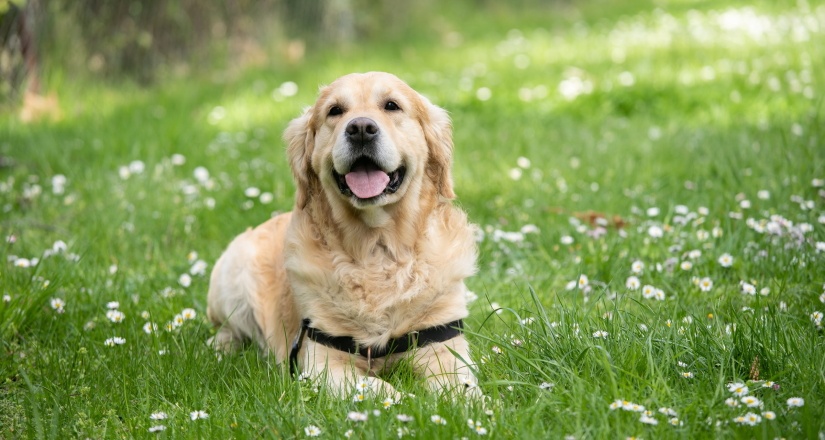Around the world, dogs are performing a variety of tasks that show how intelligent and varied they really are. There are roughly a dozen common types of dogs I’m going to talk about because other types are either somewhat included in the chosen topics or are not of particular interest for people looking to buy a pet.
Sporting dogs or show dogs are examples of such types. The truth is, most dogs have been bred with some specific activity in mind. Only today people have various other means of taking care of those problems. However, they couldn’t just get rid of dogs, and thus most have evolved into family pets.
1. Apartment Dogs
Among the most popular apartment breeds are Basset Hounds, Labrador Retrievers, Poodle and Yorkshire Terriers. Dogs that live in an apartment are common, and some breeds behave and adapt much better to apartment life than others. There are many things you need to consider if you want to buy an apartment dog.
For instance, housebreaking is a very important aspect, you don’t want your dog to mark his territory all over the furniture and whatnot. Labradors are easy to train and respond faster to such conditions than Chihuahuas, for example. Other aspects include dog allergies, exercise requirements and dog maintenance, eating habits, whether or not the dog gains weight fast, etc.
It’s important to thoroughly research the breeds you are interested in and learn how to properly keep an apartment dog happy. Most dogs get anxious and start scratching furniture, barking a lot etc. if they are left alone in an apartment for long periods of time.
2. Companion Dogs
Most canines are good companion dogs yet popular breeds are Chihuahuas, Bulldogs and Golden Retrievers. Companion dogs are probably the most common type of dogs. Most people are looking for a new companion when they want to buy a dog. A companion canine needs to be loving and caring, obedient and intelligent.
It’s very easy to mistreat your dog and let things take a turn for the worst. In most cases, this happens without any knowledge of the owner. Many people think that their dog is at fault, whereas there are solutions if the owner is willing to do what’s necessary.
Keeping a healthy, happy dog is imperative in order to have a good relationship with your dog. To keep a dog happy you must take care of his grooming and brushing needs, feed him, pet him and exercise with him. Also, most dogs need at least one daily walk to satisfy their migrating instinct.
3. Family Dogs
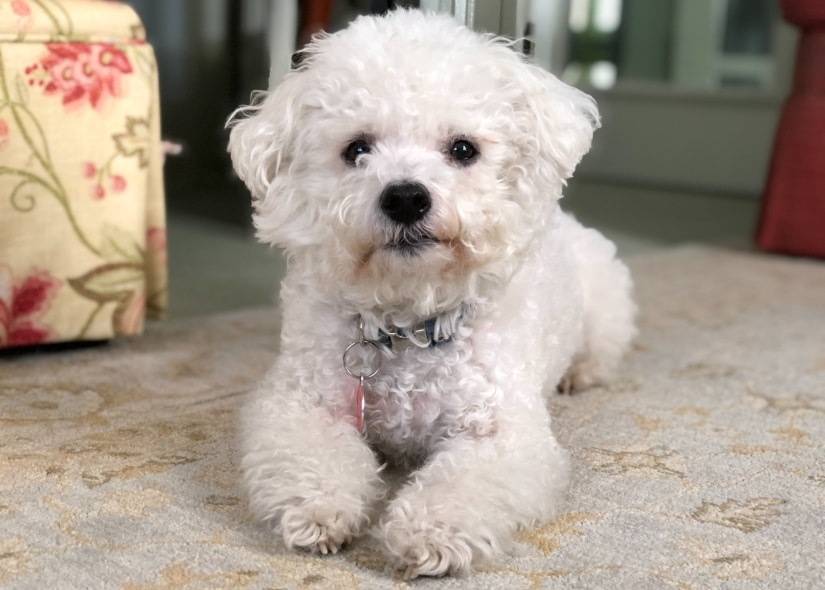
In this category, the Pomeranian, the Schnauzer and the Poodle are very popular. Family dogs are similar to companion dogs in many ways. They both need to be gentle and affectionate. However, the main difference is that families commonly involve children. Again, different breeds react differently to children and/or other pets.
It’s important to choose a pet that is either natively good with children, or he has been socialized properly during puppyhood. But there is more to it than that. Very small dogs are not good choices as family dogs. They are vulnerable and get hurt easily by boisterous children.
In addition, some dogs can’t stand being teased and will promptly snap at any nuisance. This can be easily understandable – imagine someone tugging at your ears and nose for hours, every day. However, some breeds, such as Labradors, are much more tolerant than others.
Furthermore, it’s very likely that you will have other pets. Dog’s reactions to children and other animals are closely related. Those who behave well with other pets generally behave just as well with children. The other way around is also true. If by chance, you get a dog that is irritable or unsociable then plenty of socialization can still take care of the problem.
4. Watch Dogs
This category includes Rottweilers and German Shepherds as well as unusual breeds such as Chihuahuas. Since the beginning of time have dogs been used as staunch watchmen. Dogs have a natural tendency to bark whenever they see approaching strangers. Most have a rather loud bark that was great at waking people up at the presence of danger.
Today watchdogs are mainly used to guard a yard. Smaller dogs tend to bark a lot more because they feel the need to compensate. You might think that a watchdog has to be big and strong but you would be surprised at the most common watch breeds. For instance, Chihuahuas are hard to train but they love to bark, so they make natural watchdogs, even though they are among the smallest dog breeds in the world.
5. Guard Dogs
The Rottweiler and the Doberman are among the best possible choices. Guard dogs feel like an upgrade from watchdogs. A watchdog will alert you, and everyone else, whenever someone is trying to mischievously enter your yard, steal something or attack you. A guard dog is also capable of defending you from potential threats.
Rottweiler guard dogs are common among pet owners, and for good reason. The strong dog is more than capable of dealing with suspicious persons. In addition, there is also a fear factor involved. A big, intimidating dog may scare someone into jumping out of their pants instead of attempting to sneak his way around your home.
6. Toy dogs
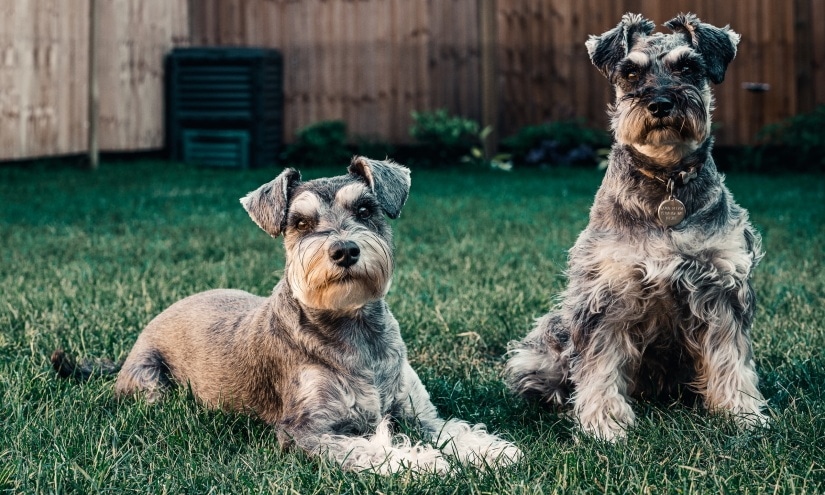
Bichon Frise and Miniature Schnauzers are popular among pet owners. Toy dogs, or miniature dogs, are either very small breeds or downsized breeds. A bred-down breed was originally a medium or large-sized dog that has been progressively bred in smaller and smaller members to produce a new, small, lookalike of the original.
A common toy dog example is the Bichon Frise, whose special ability is requiring considerable grooming. An example of a bred-down breed is the English toy Terrier. Some toy dogs are raised as lap dogs.
7. Lapdogs
Speaking of which, American Cocker Spaniels and Toy Poodles are great examples. These dogs are made to sit in your lap. They would obviously have to be small, you wouldn’t want a 40-pound beast lumbering in your arms. However, it’s possible to raise a Great Dane in such a way that he thinks he’s a lap dog.
That would be a rather unfortunate turn of events. Once he’s started on the idea you might find it hard to convince him otherwise. Lapdogs don’t usually need much exercise and are content to sit on your lap, on the couch or any other comfortable-looking place for most of the day.
8. Herding dogs
Welsh Corgis and Border Collies are probably the most well-known herding dogs. Herding canines use two different techniques to help people control the herds of animals. They either run around the flock, barking like the Border Collie or they nip at the heels of the cattle in order to drive them forward in semicircles.
Welsh Corgis are small dogs that nip at the heels of the group. They are among the few breeds capable of herding geese. There are even two types of Welsh Corgis – the Pembroke and the Cardigan – but the Cardigan is more popular as a herding dog.
9. Hunting dogs
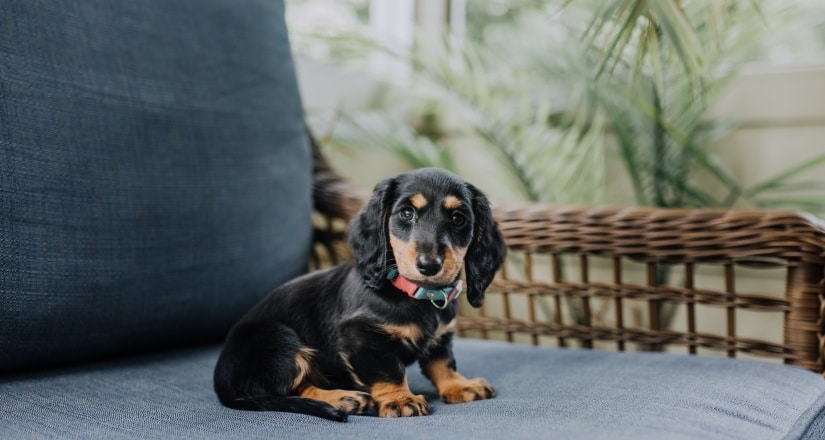
Most of these breeds are also great apartment dogs. There are many types of hunting dogs: Golden Retrievers, Dachshunds, German Shorthaired Pointers, even Basset Hounds just to name a few. Some dogs are supposed to bring back games from land or even water (the Golden Retriever is superb at the job). Pointers are supposed to track the game and “point” in its direction to give relevant information to the hunters.
There are also smaller hunting dogs such as the Dachshund which follow small game into their underground burrows, either flushing them out or killing the prey on the spot. Many hunting breeds have a good attitude and intelligence so they also make a great companion or family dogs.
10. Sled Dogs
By far the most popular is the Siberian Husky, but many other breeds are used; such as the Alaskan Husky and the Eurohound. They have many names, such as sleigh man dogs or sledge dogs, but they all mean the same thing. Highly trained dogs that coalesce in order to pull a dog sled. The most important characteristics are their great endurance and good speed.
Sometimes even 10-12 dogs are used to pull one dog sled. There are several breeds commonly used, the most popular being the Siberian Husky. This arrangement has unknown origins but today there is even a sport called sled dog racing, the most famous long-distance race Iditarod Trail Sled Dog Race.
11. Rescue Dogs
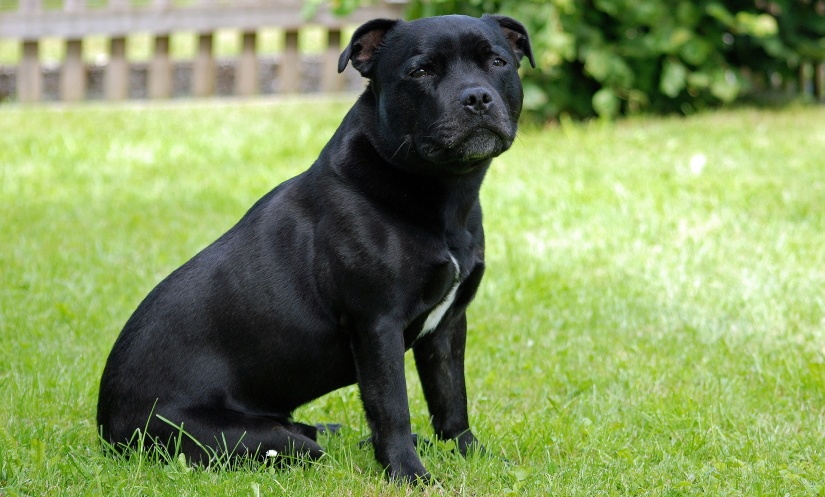
Any breed can be found at a rescue center although, naturally, some are more prevalent, such as the Staffordshire Bull Terriers. Rescue dogs are called as such because they were rescued either from a neglecting home, a hurtful owner, euthanasia or just from the streets.
The most common reasons for dogs to end up in a rescue center are either moving family, a no pets allowed policy in the home, too many pets already, too high maintenance cost, neglecting conditions, and others. Also, almost all of the ones that end up as rescue dogs had no prior obedience training.
12. Service Dogs
The most popular service breeds are the Golden Retriever, the Labrador Retriever, and the German Shepherd. Service canines handle the most complex and varied of dog tasks. There are many types of service dogs including autism, guide, mobility, and even psychological service dogs.
Among the various things they know how to do you can include opening doors, picking up various objects, notifying when an alarm is sounded or someone is at the door. However their skills go much further – they can stop you from drinking, stand in front of you in order to stop you from falling on stairs, save your life through an epilepsy crisis and many others.
While all types of dogs come from the same species you can see that they differ in size, weight, style, task, temperament and more. It is easy to understand why dogs truly are man’s best friend.
